Last Updated on July 26, 2021

I’d like to think that my first set visit to the Kate Beckinsale-starring
WHITEOUT was the result of visceral writing, intrepid reporting, and a likable disposition. I keep telling myself that, even though in the farthest reaches of my mind I know it’s simply because I happen to live in the same city that the shoot was unfolding in and there was likely no one else available…
The morning of the visit I chose to eschew the transportation provided by the studio, and like a true Montrealer, hopped on my bike at 8am and booked it to just beyond the city limits where three gargantuan hangars rested in the shadows of Montreal’s skyline. From the outside these buildings lack any character, any hint of architectural flare, yet the insides have seen the recreation of the Golden Age of Hollywood in Martin Scorsese’s THE AVIATOR, the psychological depths of outer space in Darren Aronofsky’s THE FOUNTAIN, and charred fields of the Battle of Thermopylae (or at least the blue screens that created them) in Zack Snyder’s 300.

Well today, the latest incarnation of one of these thirteen soundstages couldn’t be any farther from the sunlit spring day it was outside. WHITEOUT is based on writer Greg Rucka’s acclaimed graphic novel and is a dark tale immersed in white. That’s what happens when your story is set in Antarctica. It tells the story of U.S. marshal Carrie Stetko, on a solo assignment to Antarctica, to investigate a murder three days before the long, dark winter begins.
Production had recently shifted from the frozen tundra landscapes of the Manitoba winter, so I arrived expecting to only see interior sets. So when one of the producers led us to a massive, cavernous soundstage, I was impressed with what stood before me. I’ve wandered many movie sets in my days as an extra, but I’ve never come across the level of set construction currently confronting me. I was staring at the exterior of a massive arctic base, where the film’s climatic set piece and titular ‘whiteout’ will be staged. A whiteout occurs when snowfall is so heavy that your surroundings are completely obscured on a blanket of white. Perfect for a movie, especially when there’s a killer on the loose.

The base was hollow inside, as the interiors were being shot on another soundstage (which I’ll get to later), but it nevertheless rose majestically up from the white ground below (essentially white sheets covering piles of gravel to achieve that ‘rugged terrain’ look), and despite its imposing size, we were told that this was only the bottom third, with the other two levels to be added digitally in post-production. The base was a series of hexagonal centers linked by corridors. The set was as desolate and silent as the Antarctic itself, but we were told that in several days, after preparations were complete, the premises would be surrounded by massive fans blowing fake snow, roaring snowmobiles, and hundreds of crew members working towards providing this film with a deserving climax. I wish I’d had a chance at seeing that whole shebang, because the filming I did see wasn’t much to report on.
Earlier on in the day, we got to check out some authentic, Hollywood-style filmmaking. Director Dominic Sena (KALIFORNIA and GONE IN 60 SECONDS) sat before two monitors directing the actors who were inside the constructed set. I could see Kate, who was brandishing a gun, a flashlight and wearing one of those oversized Russian hats (which she looked terribly cute in). But all I could hear was her muffled voice coming from the constructed wooden tube she as in (one of the interiors of the base), but the muffles did indeed correspond with her mouth movements on Sena’s monitor. Large cardboard boxes of fake snow were all over the place, but other than that and the actors’ costumes, nothing about this set screamed Antarctica.

Eventually we were given a tour inside the base and I was instantly stunned by the painstaking detail achieved by the set design team. I’m not talking about the doctor’s office, with all its equipment, or Carrie Stetko’s (Beckinsale’s character) office, with its computer and ball of yarn. I’m talking about things like thumbnail-size US Antarctica logos in the corners of the station’s evacuation plans posted on the corridor wall. Now unless there’s an extreme close-up on those evacuation plans, then I can’t think of any good reason to include those logos beyond a sheer dedication to one’s craft.
Perhaps the highlight of this observation period came behind the scenes when Kate’s costars Gabriel Macht (THE GOOD SHEPHERD) and Columbus Short (STOMP THE YARD) came by the director’s chair to check out the dailies, and Rucka was there checking them out as well. His agent introduced the actors to him and it went a little something like this:

AGENT: Gabriel, Colombus, I’d like you to meet Greg.
ACTORS: Shaking his hand but having no idea why. Nice to meet you Greg.
Then they all stood there silently for several seconds until:
GREG: I wrote WHITEOUT.
ACTORS: Embarrassed. Ooooh! Mr. Rucka! It’s an honour!
It was a genuine and candid moment, watching the actors meet the creator of their characters for the first time (although Macht’s character is a woman in the book). I wasn’t awed of my surroundings because of my previous on set experience, but it’s a different feeling being there as a reporter instead of a measly extra. You get to share the buffet table with the rest of the crew instead of soggy peanut butter and jelly sandwiches. It was a good day.



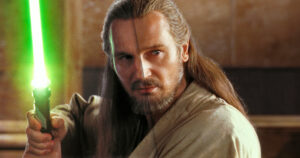
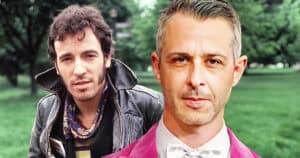

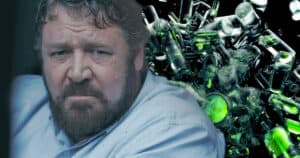
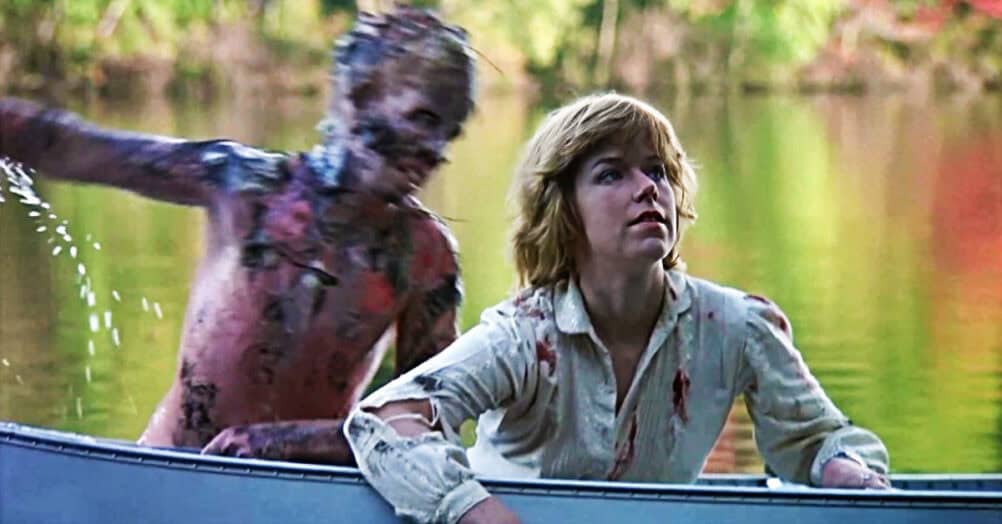
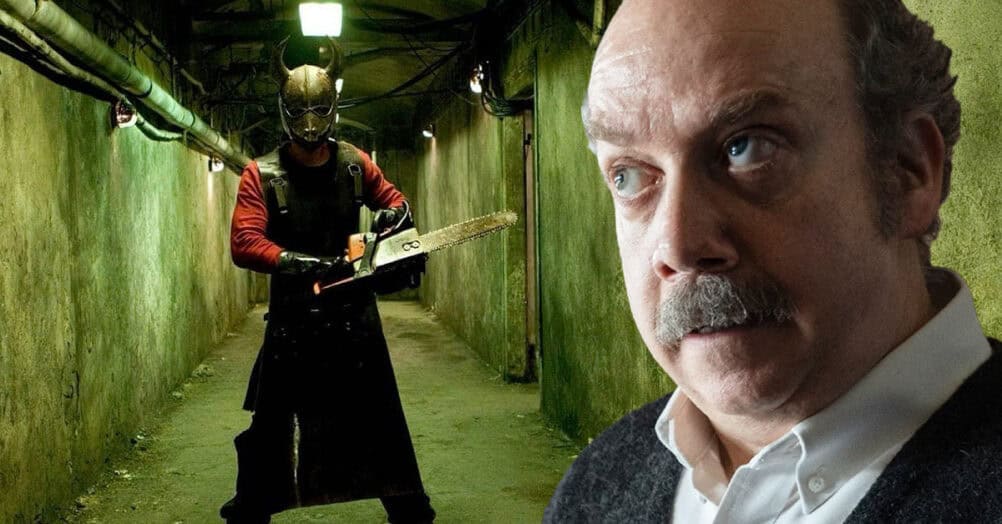
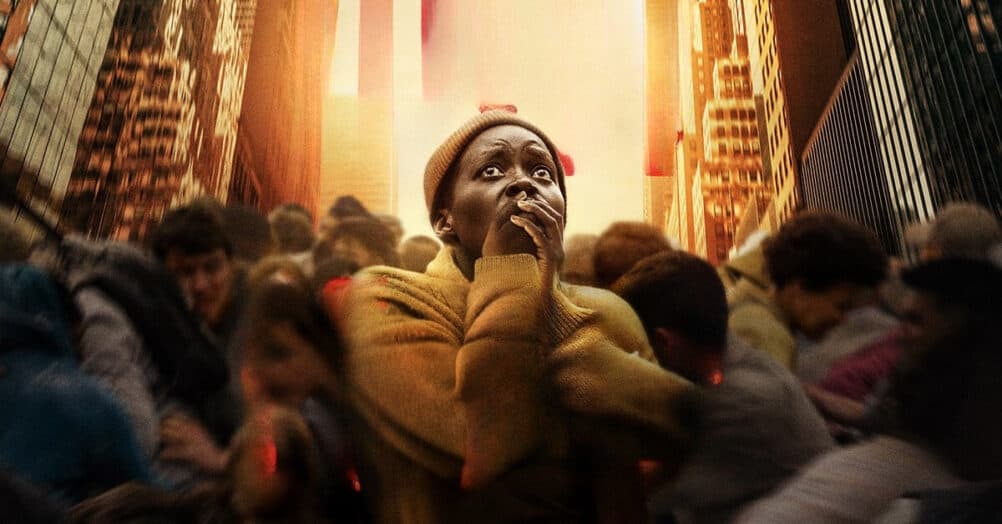
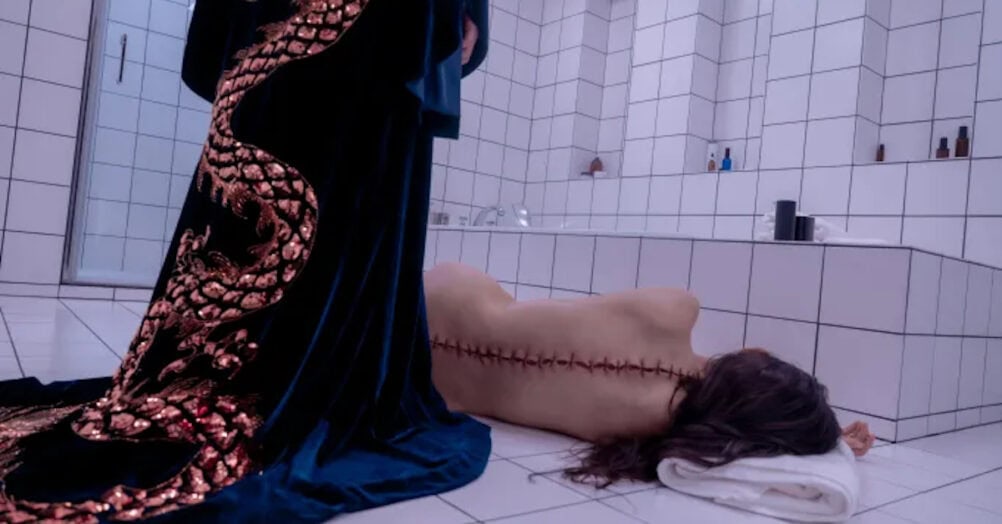
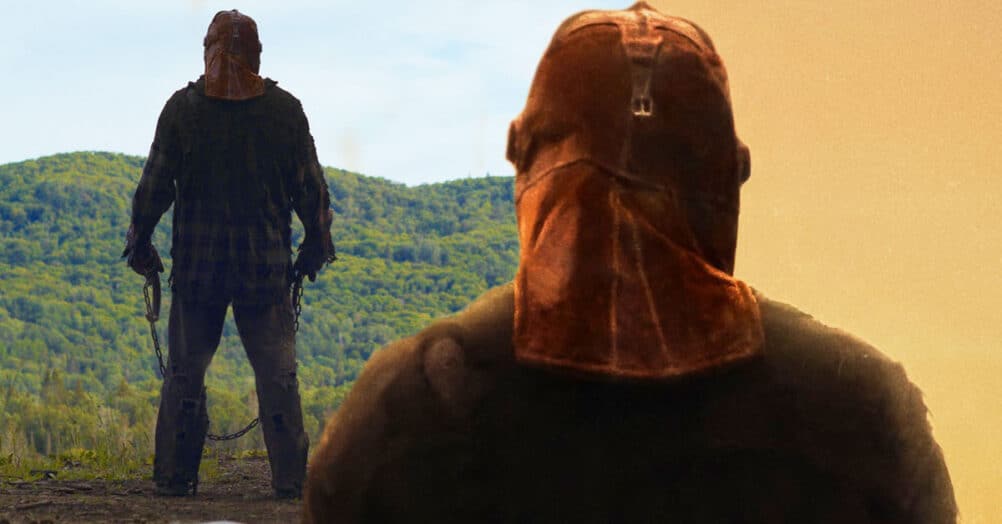
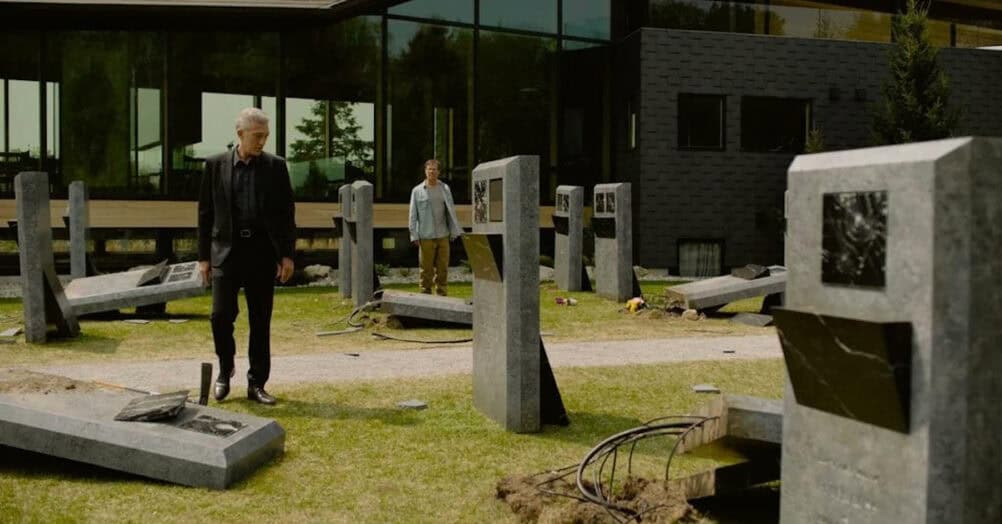
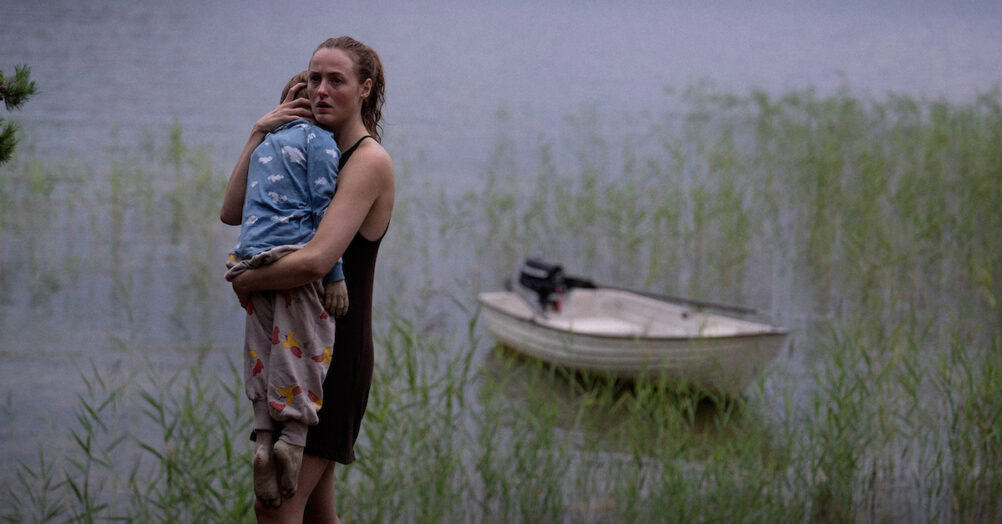
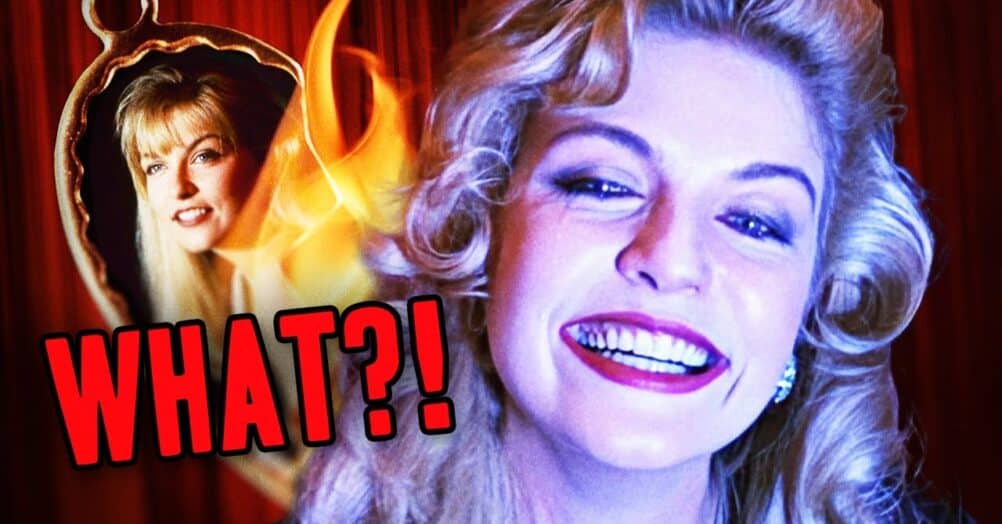
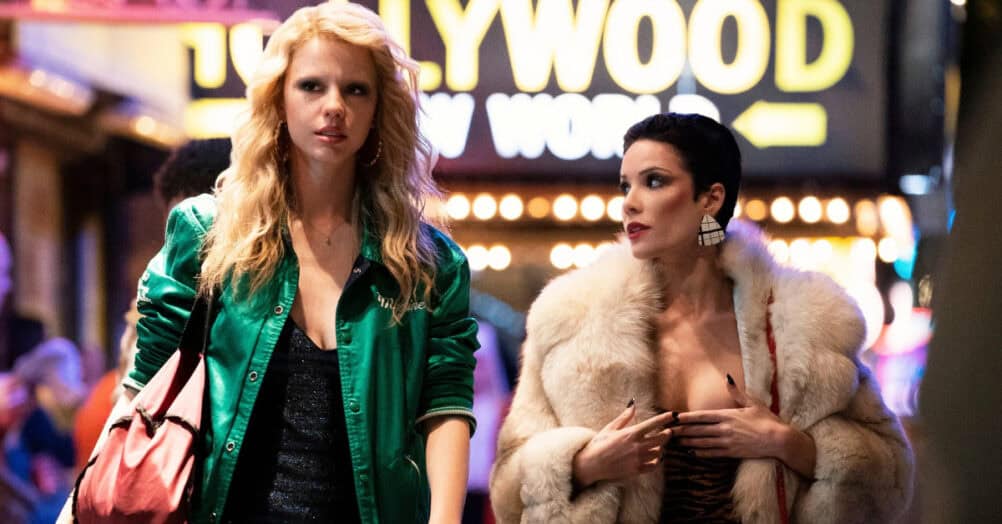
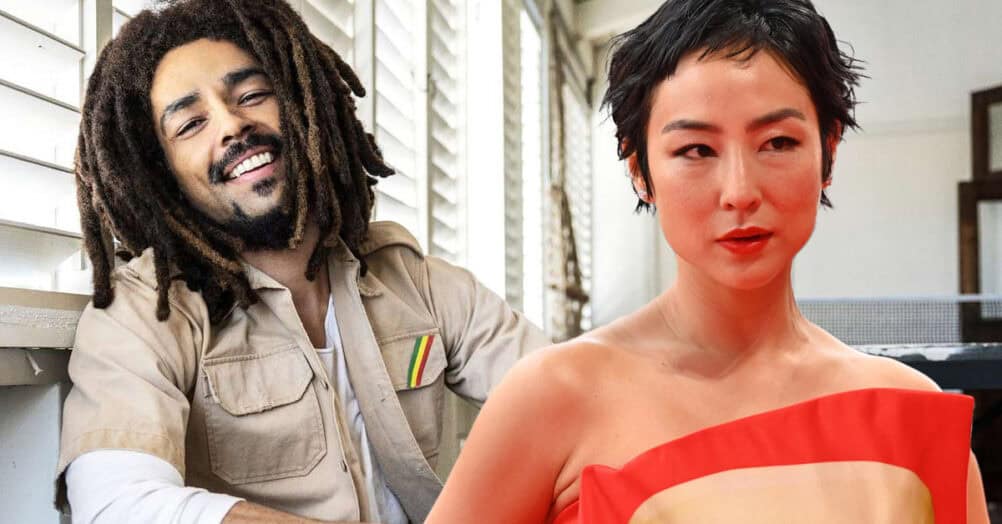
Follow the JOBLO MOVIE NETWORK
Follow us on YOUTUBE
Follow ARROW IN THE HEAD
Follow AITH on YOUTUBE